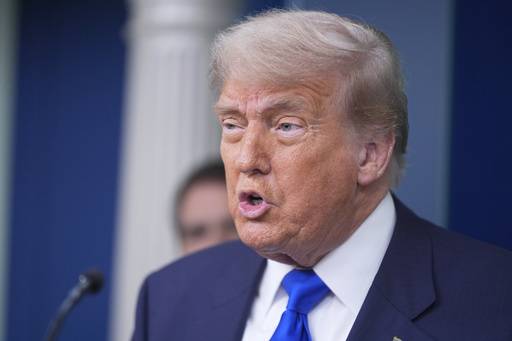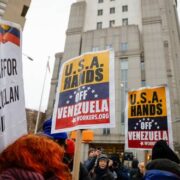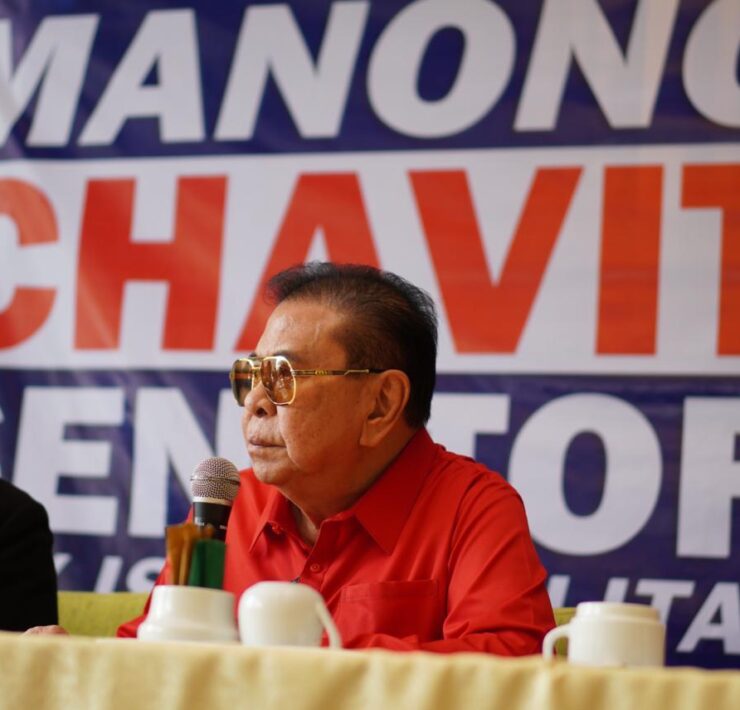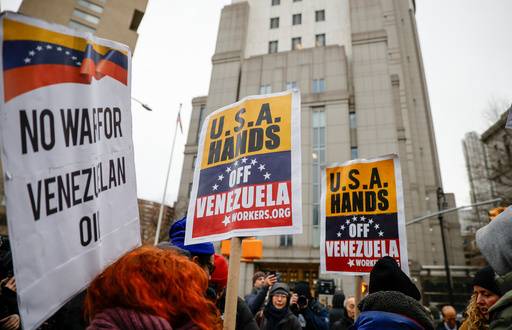Trump moves start date of US tariffs to Aug. 7

WASHINGTON—For weeks, US President Donald Trump had vowed that the world economy would change with his new tariffs in place by Friday.
It was an ironclad deadline, administration officials assured the public.
But on Thursday night, Trump signed his order resetting instead to Aug. 7 the start of punishing import taxes on 68 countries and the European Union.
The change—while potentially welcome news to countries that had not yet reached a deal with the United States—injected a new dose of uncertainty for consumers and businesses.
On Friday, Asian shares retreated following choppy trading that saw more losses as investors assessed Trump’s order.
‘Cherry-picking’
In a commentary about Trump’s new order, senior market strategist Benjamin Picton of Rabo Bank noted that Asian stocks were “taking a beating” while US and European equity futures pointed negative.
“The USA is cherry-picking high value-add industry for its own economy while forcing trading partners to grant preferential market access for its exports and supply it with cheap imports. Make no mistake, this is imperial trade,” Picton said.
Mizuho Bank said Asia, particularly Southeast Asia, was harder hit, post-Liberation Day, but now “appears to be in a better position by virtue of tariffs differentials, though intra-regional differences remain small.”
Trump initially imposed the Friday deadline after his previous “Liberation Day” tariffs set on April 2 led to a stock market panic.
His unusually high rates stoked recession fears, prompting Trump to impose a 90-day negotiating period.
When he was unable to create enough trade deals with other countries, he extended the timeline and sent out letters to world leaders that simply listed rates, prompting a slew of hasty agreements.
The United States negotiated trade frameworks over the past few weeks with the EU, Japan, South Korea, Indonesia and the Philippines—allowing the president to claim victories as other nations sought to limit his threat of charging even higher rates.
The EU was awaiting a written agreement on its 15 percent tariff deal. Switzerland and Norway were among the dozens of countries that did not know what their tariff rate would be, while Trump agreed after a Thursday morning phone call to keep Mexico’s tariffs at 25 percent for a 90-day negotiating period.
Canada saw US tariffs raised against its goods from a previous 25 percent to 35 percent on Friday.
Still hoping
In Manila, the government was still hoping to secure a “mutually beneficial” agreement following the postponement, said Trade Secretary Cristina Roque.
The reset was announced as bilateral negotiations continued to flesh out the fine print of the trade deal, where the United States would impose a 19-percent tariff on Philippine exports. The rate was higher than the 17-percent rate announced in April but slightly below the 20 percent floated earlier this month.
In exchange, the Philippines agreed to scrap tariffs on American automobiles and boost the importation of US soybeans, wheat and pharmaceutical products.
“On the part of the Philippine government, we will continue with our talks with the US, and hopefully we can come up with a mutually beneficial deal the soonest possible time,” Roque said.





















